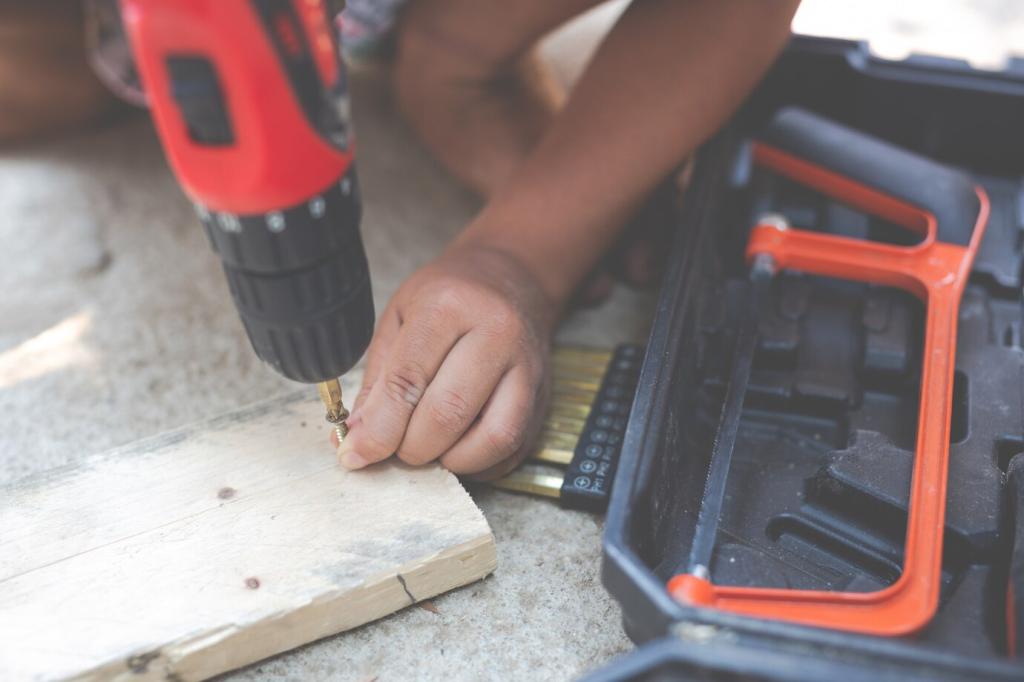Know When Your Brake Pads Need Attention
Listen for consistent squealing that disappears when you press the pedal, feel for longer stopping distances, and notice any pulsing through the pedal. If the car pulls under braking, inspect the pads on both sides immediately.
Know When Your Brake Pads Need Attention
Some cars have wear indicators that trigger a warning light or a scraping sound. If pad material looks thin, near the width of two stacked coins, plan a replacement soon to prevent metal-on-rotor contact.





